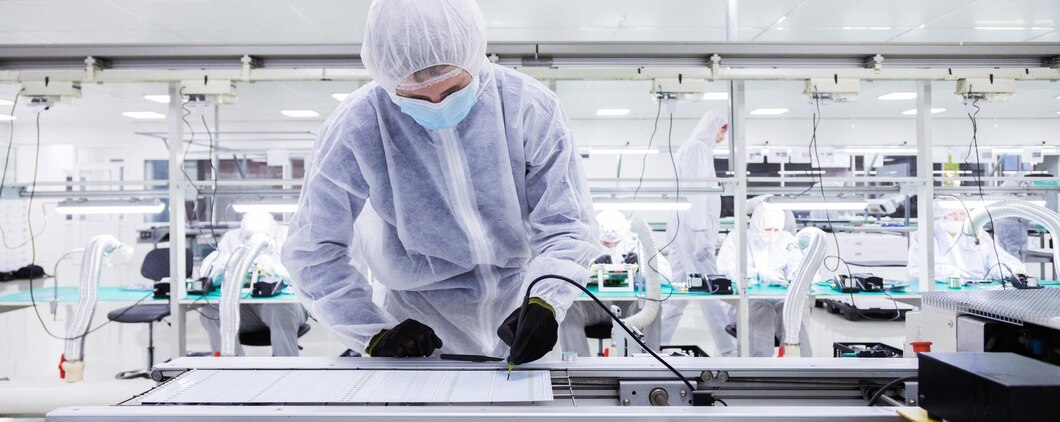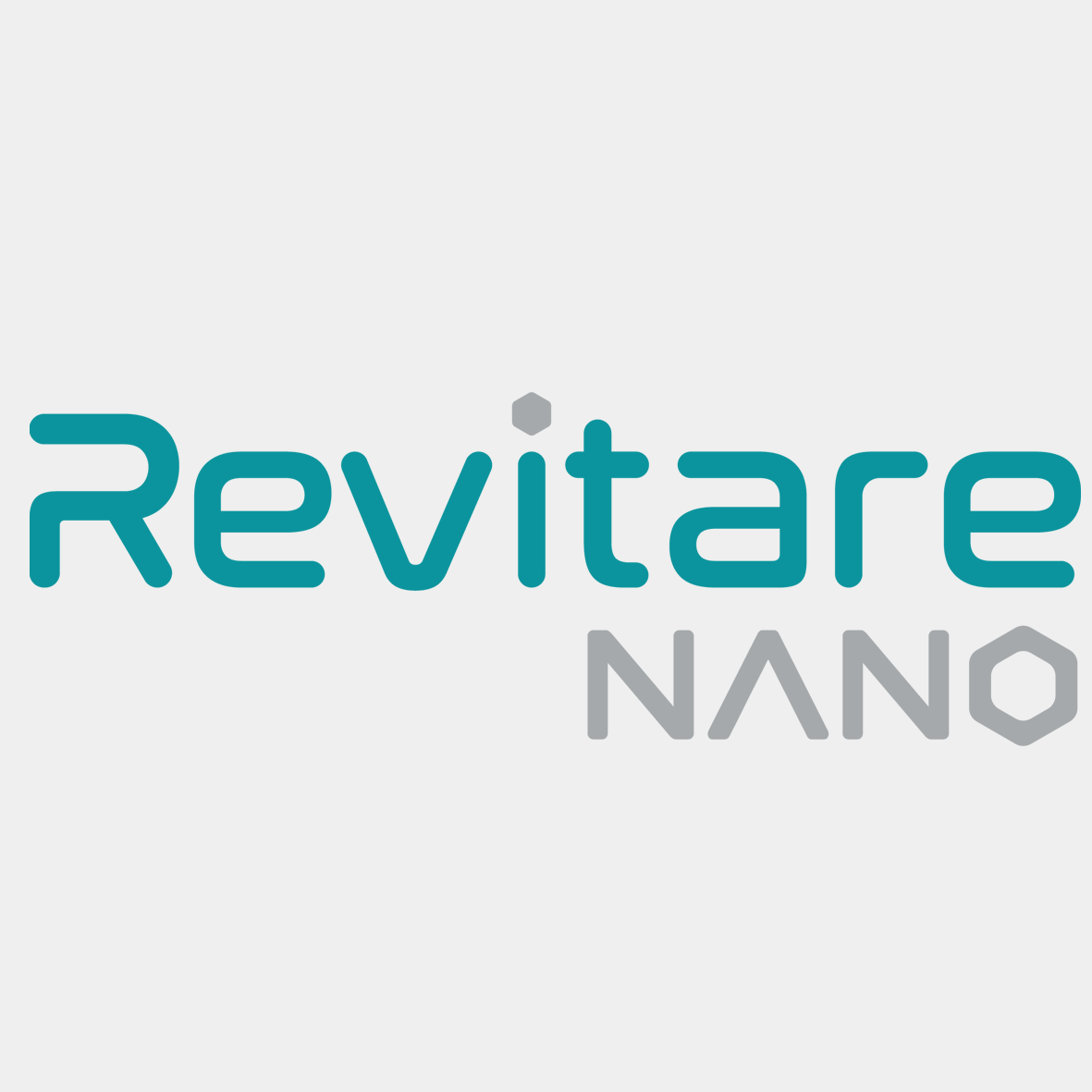In the rapid technological advancement witnessed in the modern era, silver nanoparticles have played a significant role in the field of modern electronics. They have permeated the world of technology to become an integral part of our daily lives. Silver nanoparticles are considered key to many innovative applications in the electronics world. Consequently, many global companies have employed them in electronic device manufacturing due to their unique properties. These properties have enabled them to be the optimal choice for elevating electronic devices to a level of distinct and superior quality.
Thanks to the antimicrobial properties of silver nanoparticles and their effective ability to resist bacteria, viruses, and germs, they have been able to provide users with a safe and healthy user experience. This enhances the quality of users’ lives. Integrating silver nanoparticles into electronic device design not only enhances the quality of electronic technology but also reflects the commitment to providing the best safe and healthy technological solutions for users.
The Importance of Using Silver Nanoparticles in Electronics Manufacturing
Silver nanoparticles come to our world to revolutionize the concept of electronics, moving us from the traditional understanding to a broader perspective. The integration of silver nanoparticles in electronic device design we notice a significant change in quality with these devices not only enhancing their technical performance but also becoming more resistant to pollution and corrosion. The key benefits include:
- Keeping electronic device surfaces clean: Silver nanoparticles are highly effective in preventing the presence of microbes on device surfaces, maintaining the cleanliness of electronic devices by preventing contamination.
- Extending the product lifespan: Silver nanoparticles resist bacterial presence and eliminate them, preserving the cleanliness of the product throughout its usage and preventing pollution from harmful bacterial contaminants. This positively impacts the electronic devices’ assumed lifespan over the long term.
- Improving product resistance to corrosion: The integration of silver nanoparticles in electronic device design helps the product resist corrosion and damage, leading to improved device performance and the preservation of electronic device quality for many years.
- Providing users with a healthy and clean usage experience: The antimicrobial properties of silver ion nanoparticles ensure a safe and healthy user experience.
- Enhancing sustainability for users: Integrating silver nanoparticles into device manufacturing improves the product’s resistance to pollution and damage, achieving better sustainability for electronic devices and reducing the need for users to renew and replace devices frequently.
- Reducing unpleasant odors arising from bacterial activity: Silver nanoparticles have an effective ability to kill bacteria and germs, preventing their presence on the surface of electronic devices and thus eliminating unpleasant odors. Preventing the formation of stains on device surfaces: Silver nanoparticles prevent the presence of bacteria and germs on the device’s surface, improving the appearance of devices and maintaining their cleanliness.
From superiority to brilliance: Global companies invest in silver nanoparticles to enhance the performance of electronic devices
In recent years, the technology sector has effectively embraced nanotechnology, with most global companies incorporating antimicrobial silver nanoparticles into the design of modern electronic devices, such as smartphones, tablets, microchips, and some cooling and air conditioning systems. Companies like LG have notably adopted silver nanoparticle technology in the manufacturing of electronic devices, adding a unique touch of innovation and outstanding performance to the electronics industry.
Source



